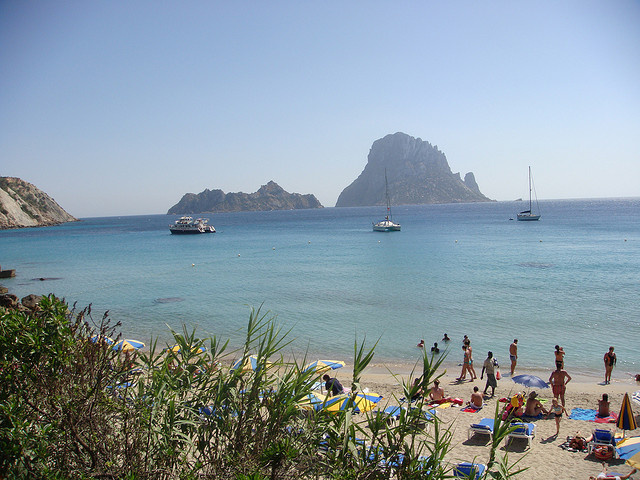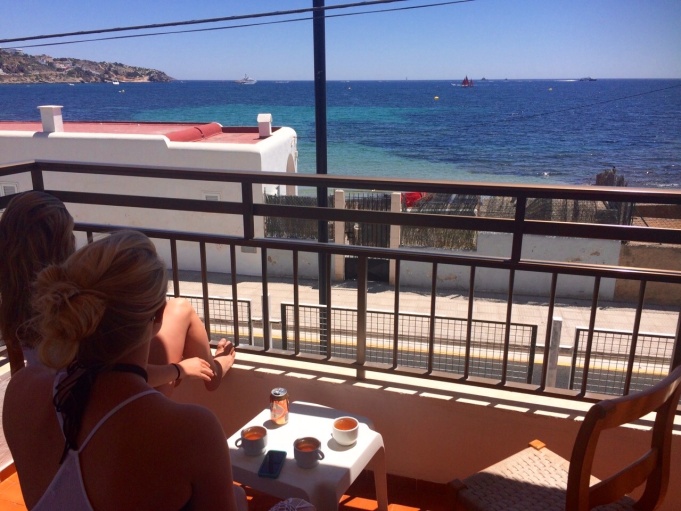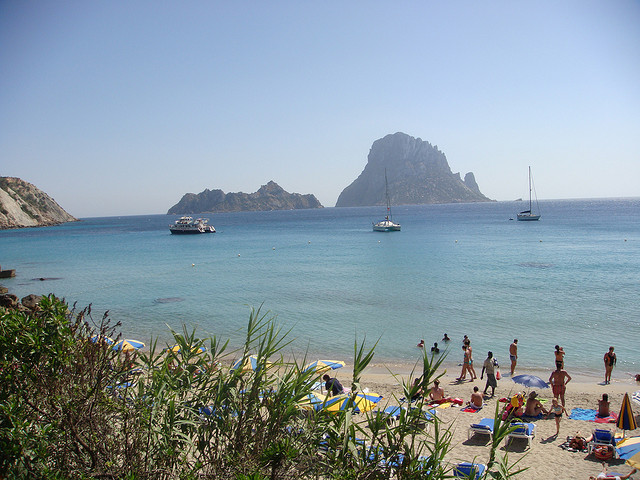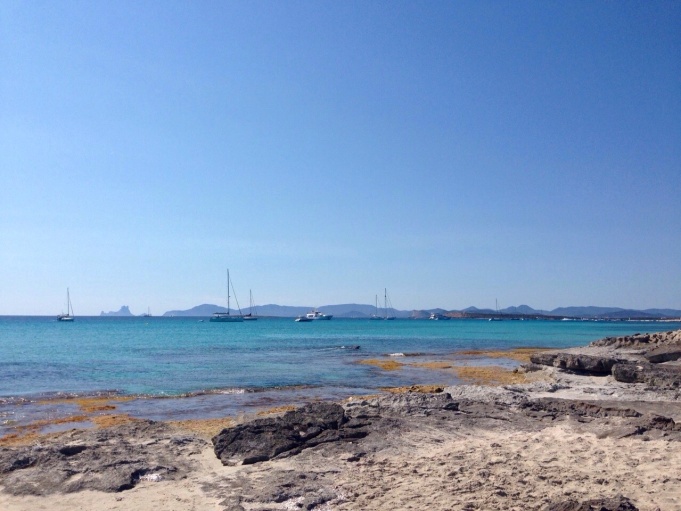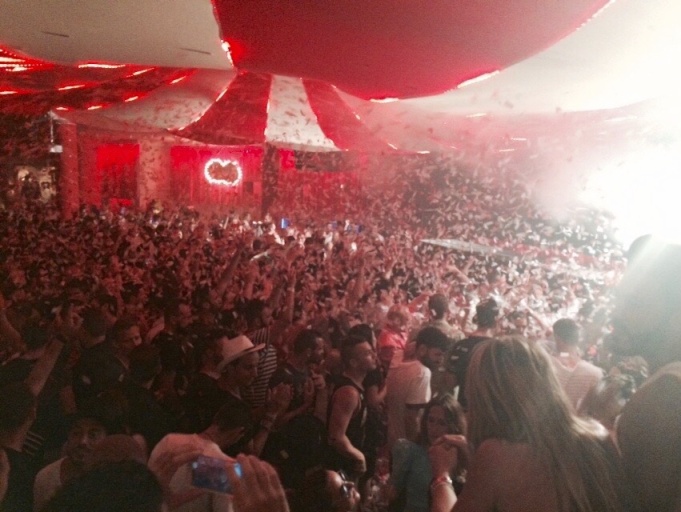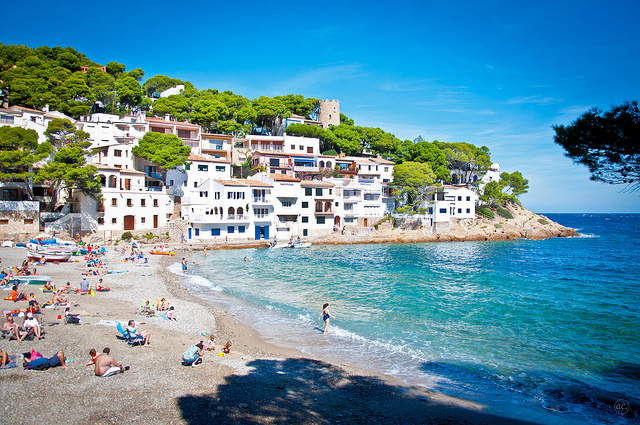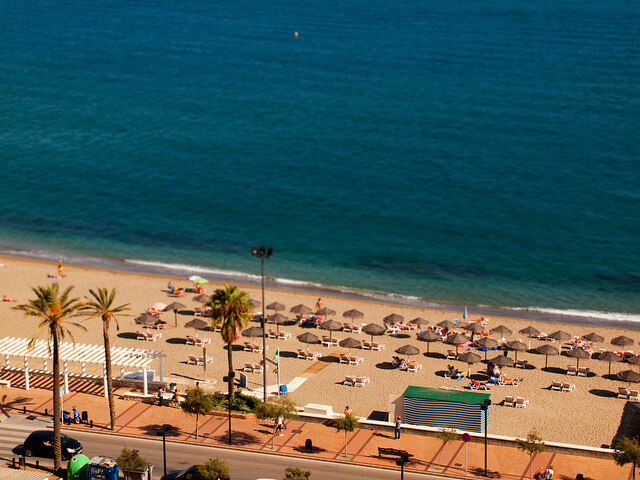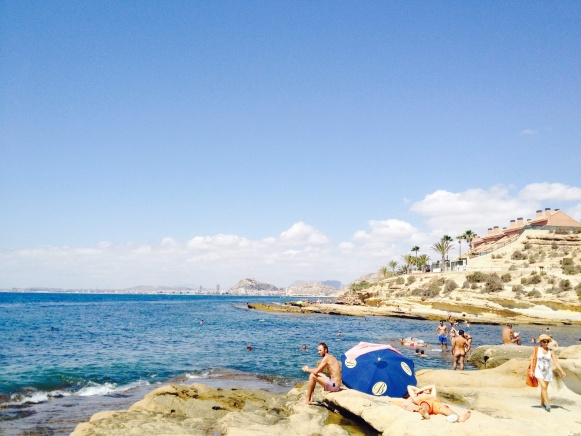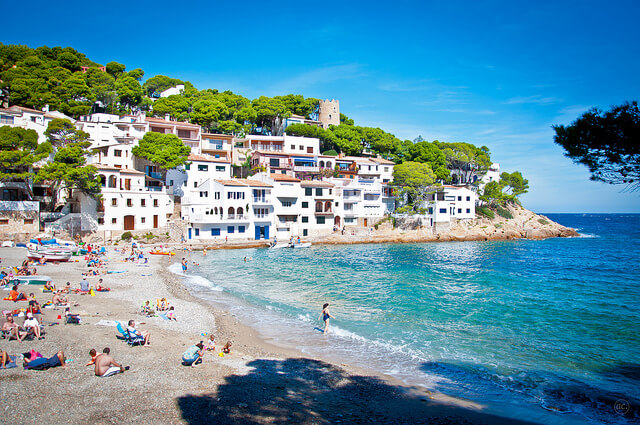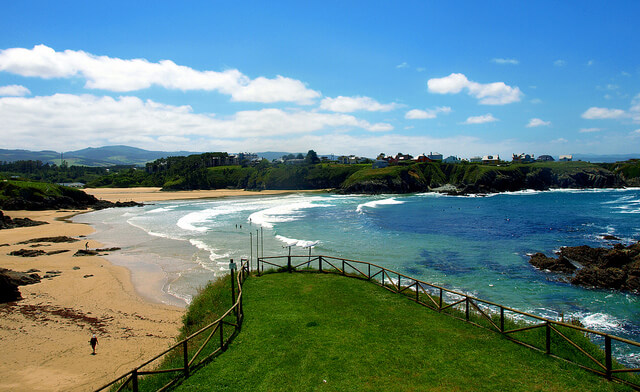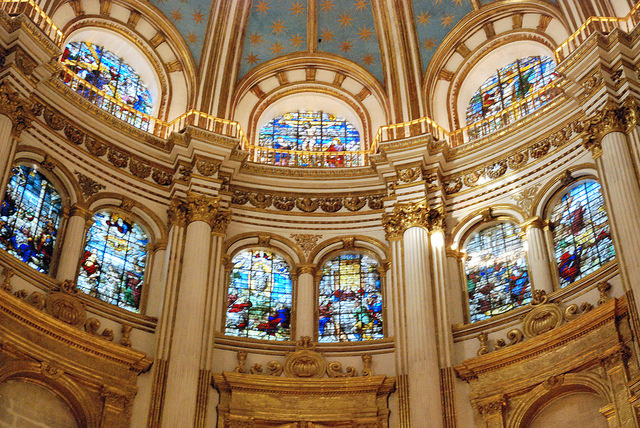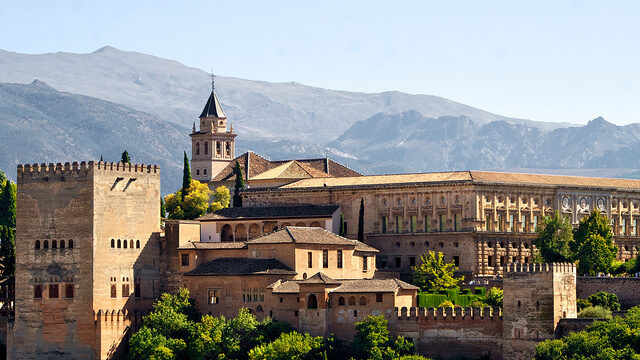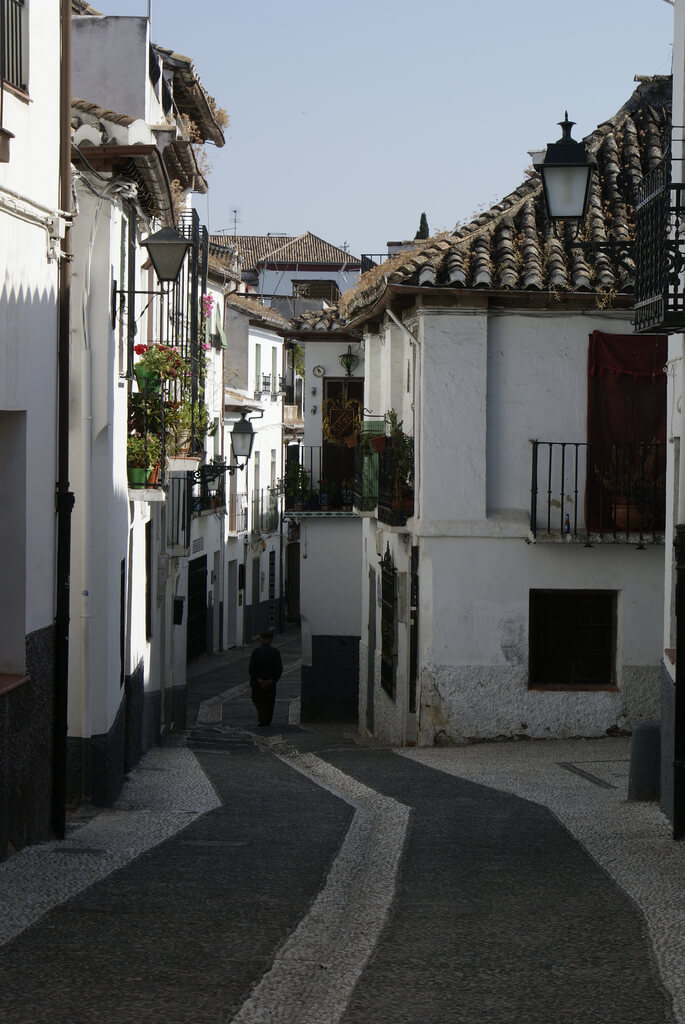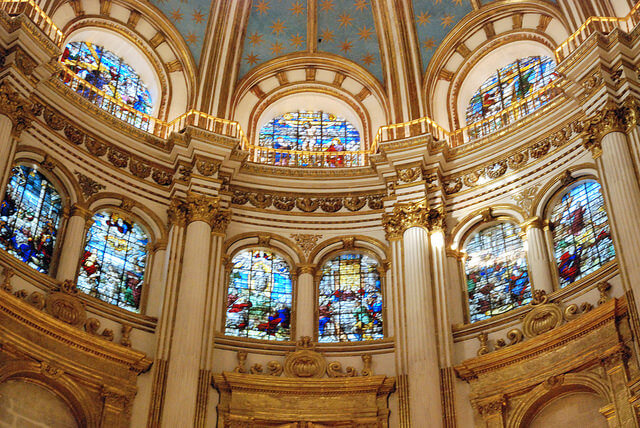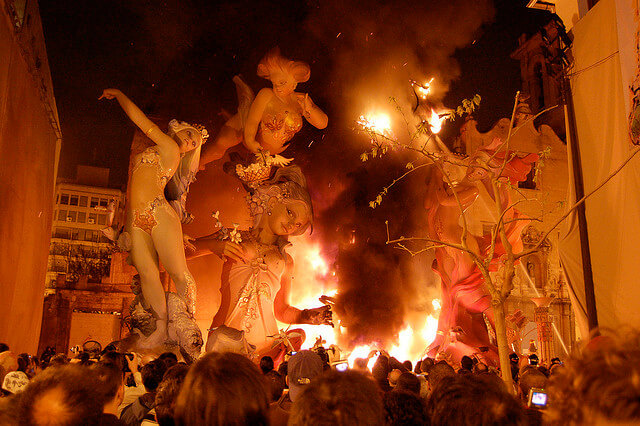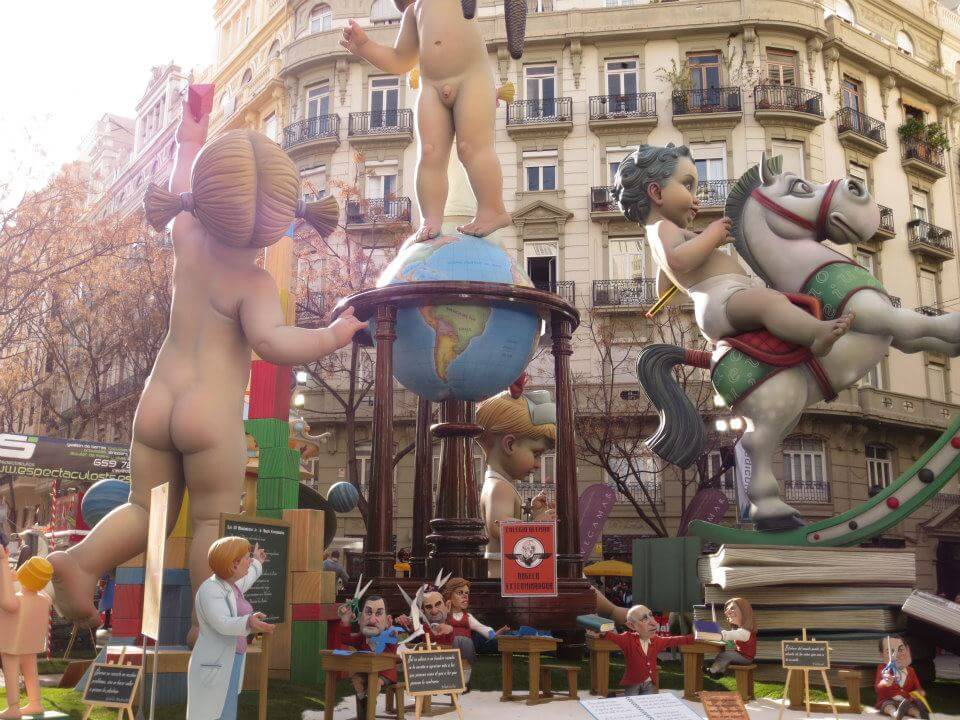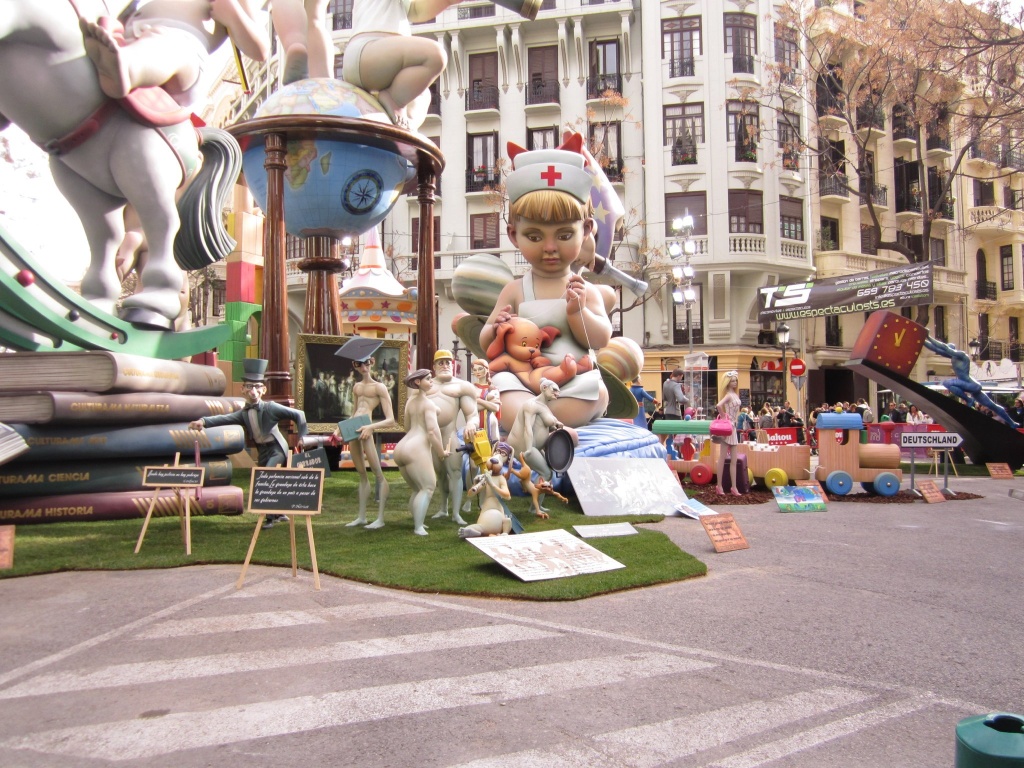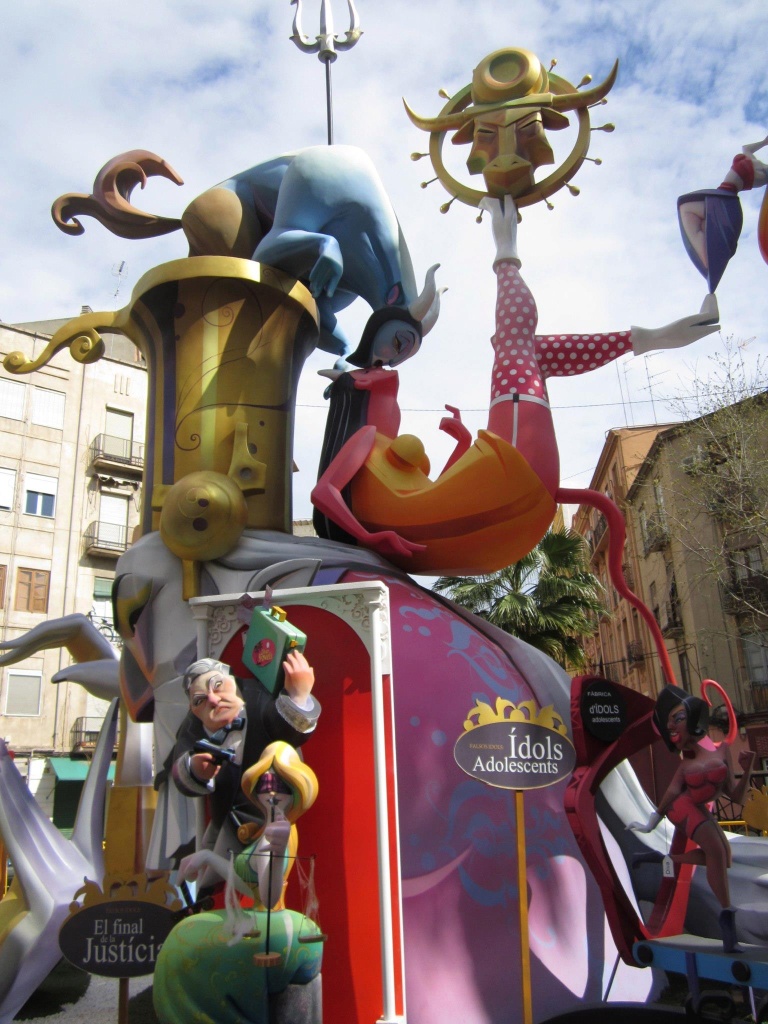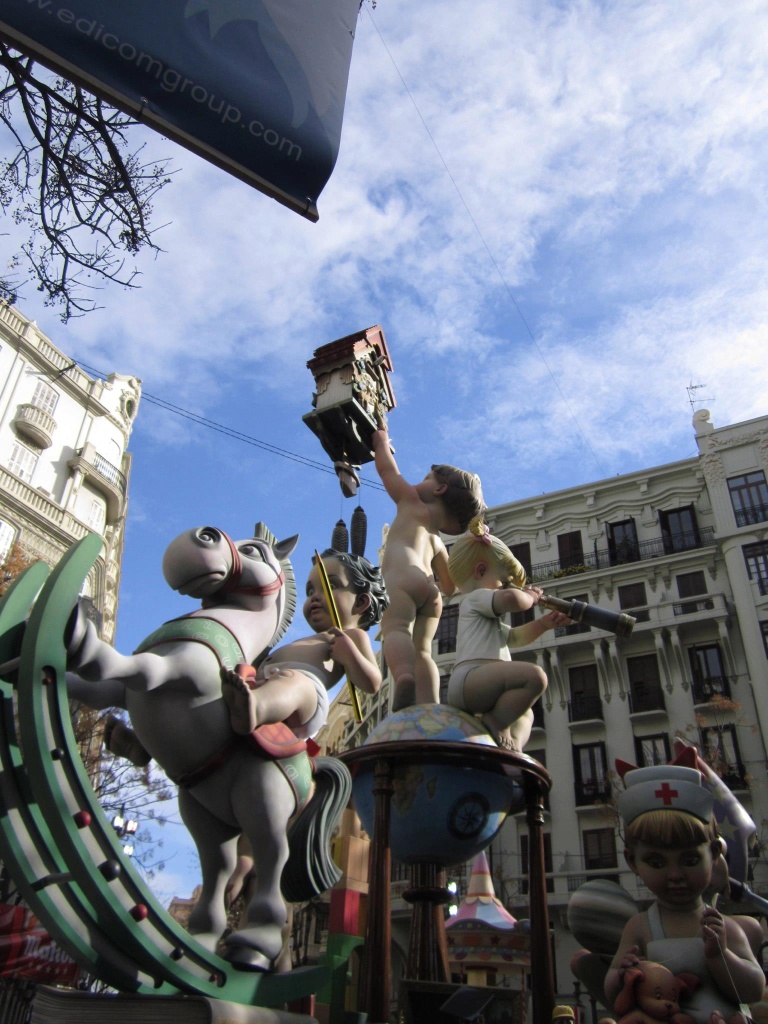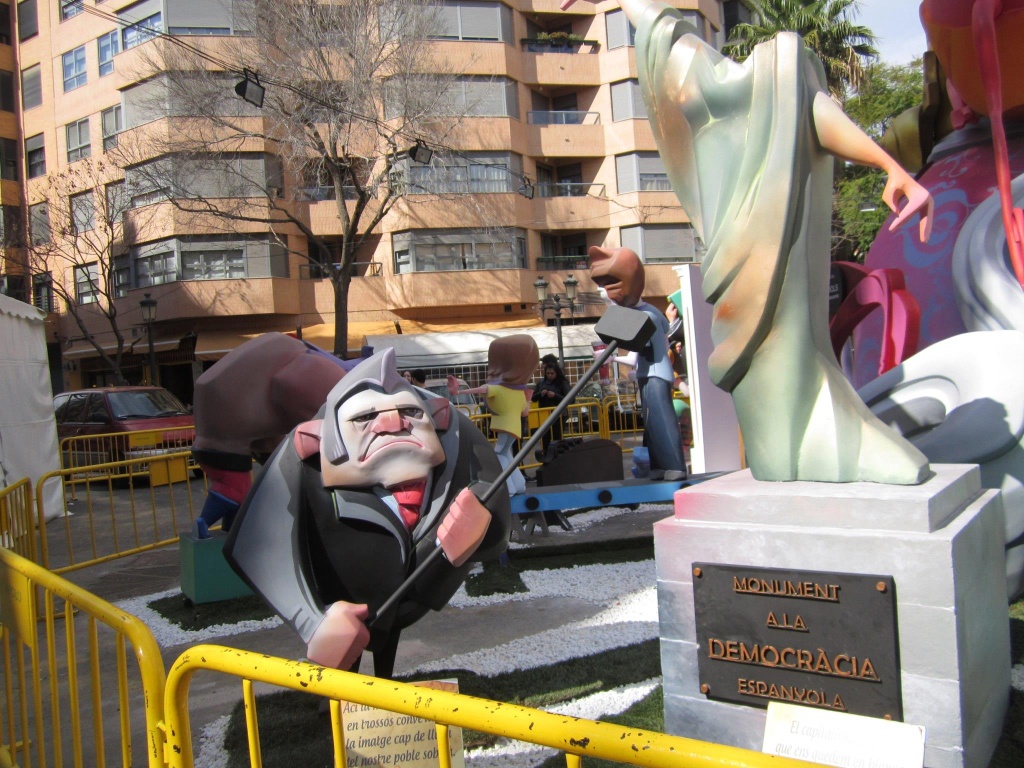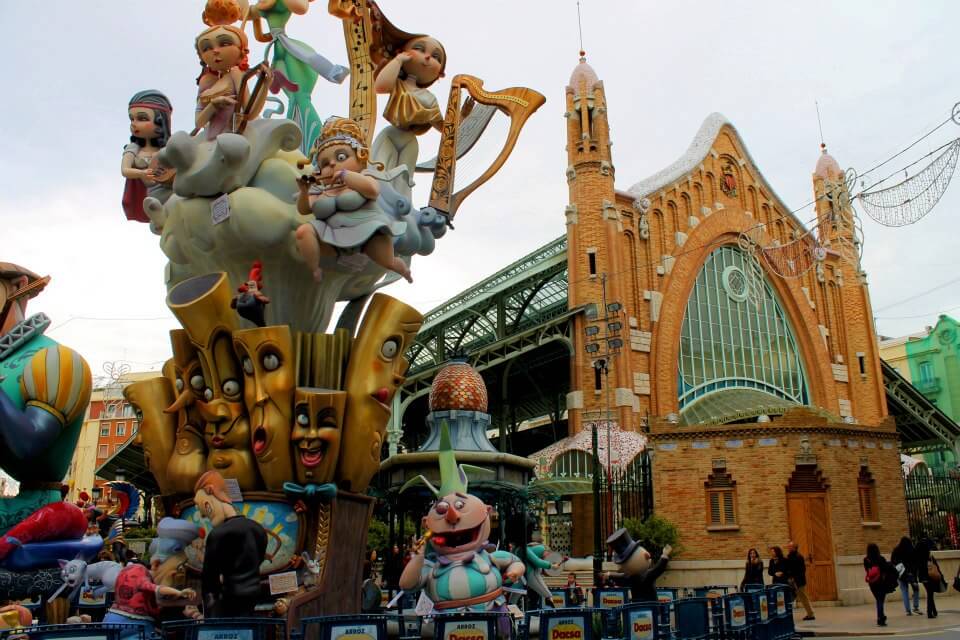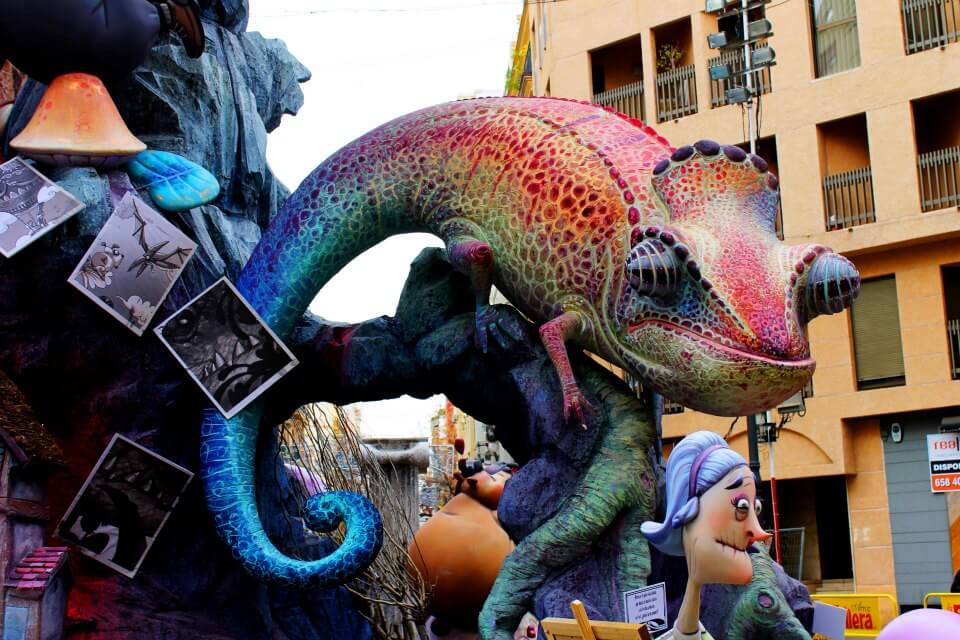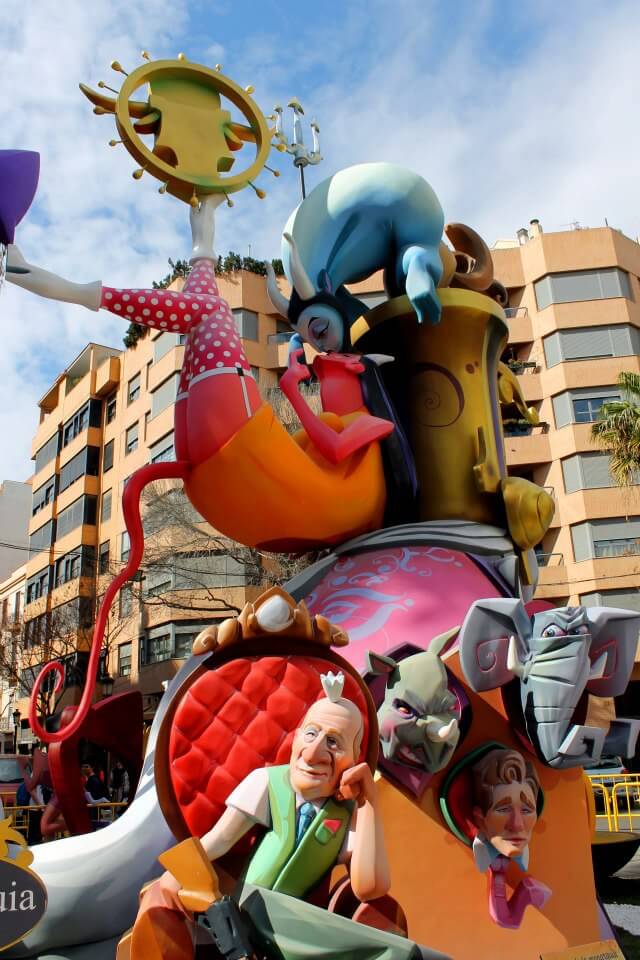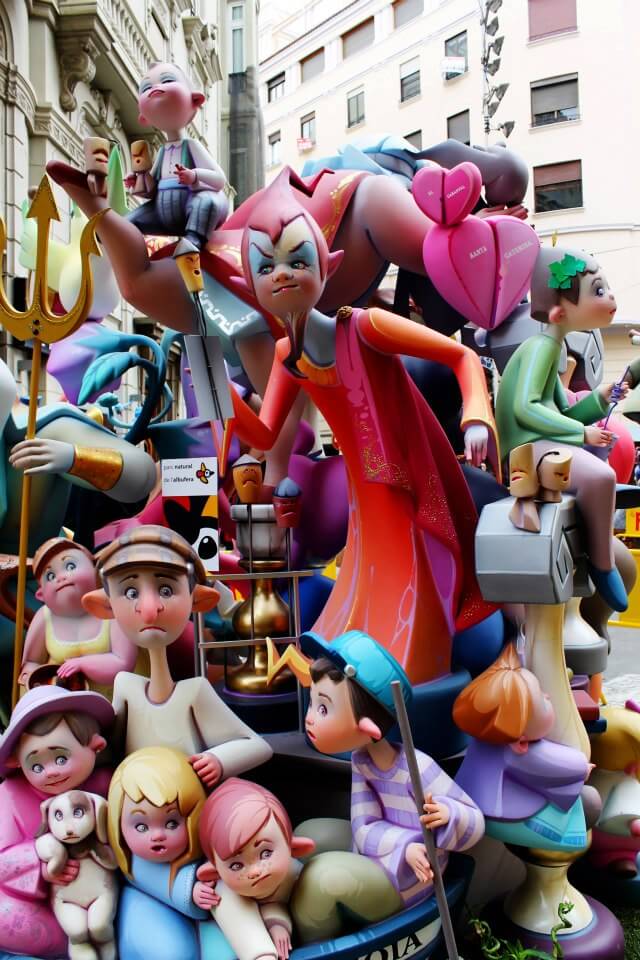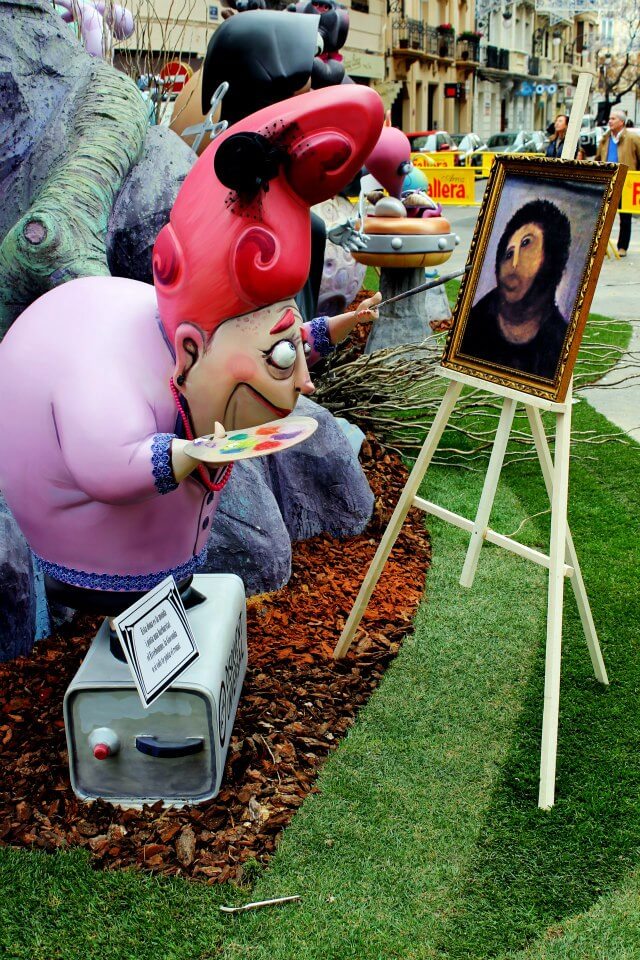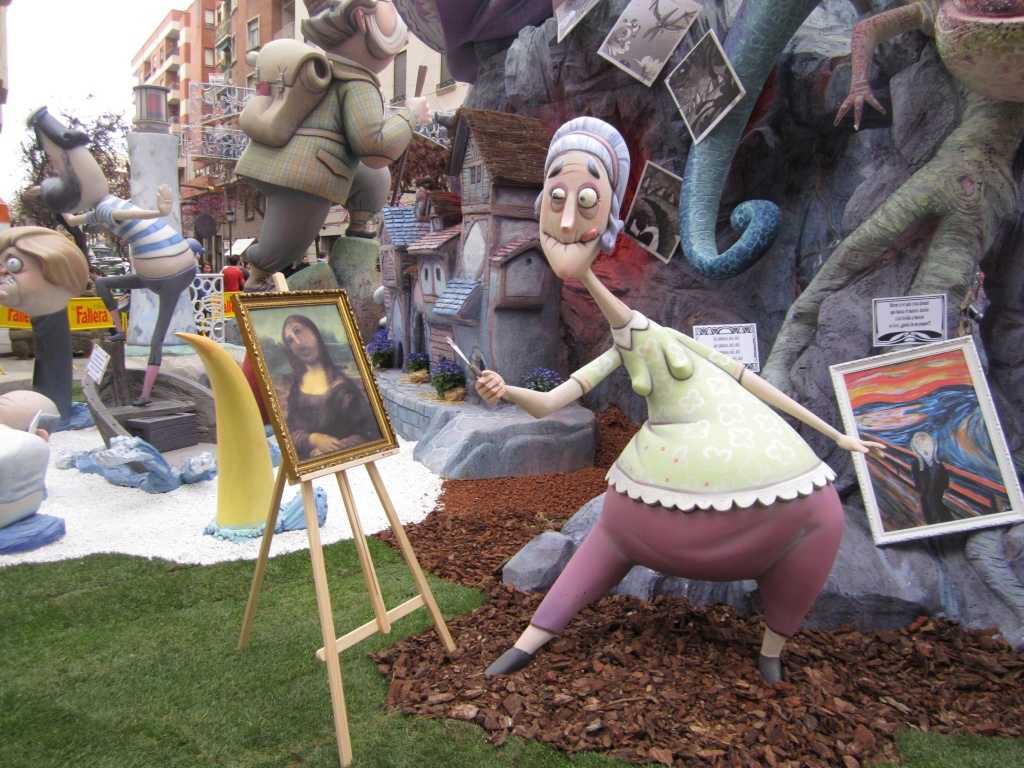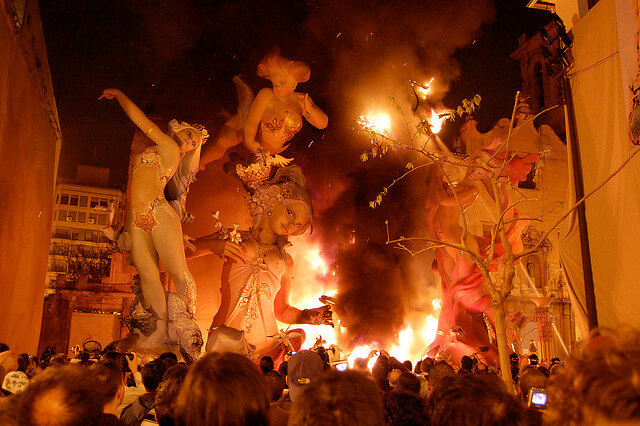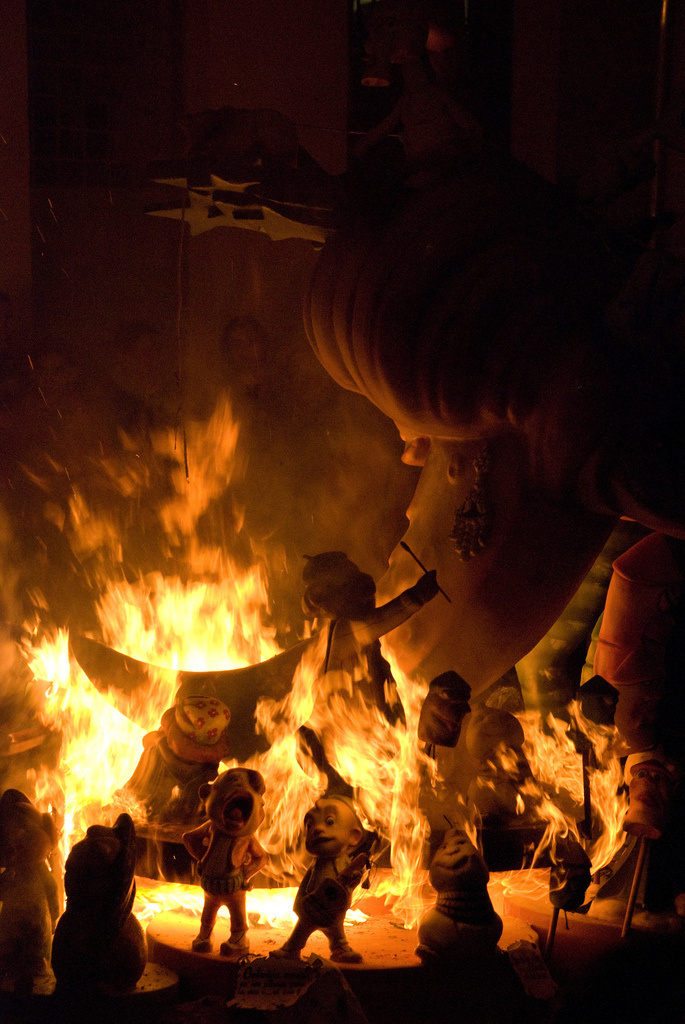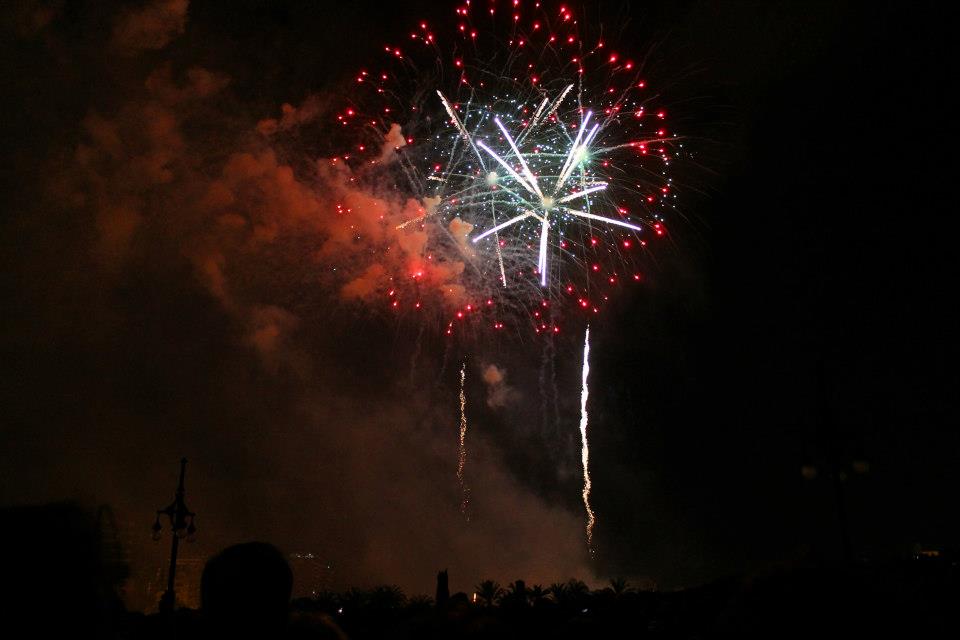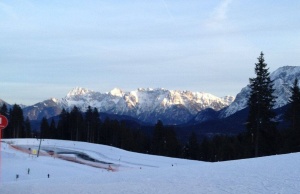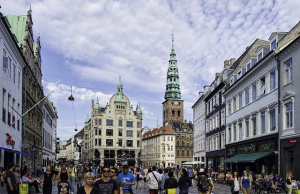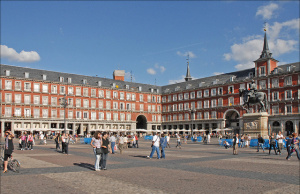A Day at Feria de Abril de Sevilla
Every year in April more than 5 million people attend the Feria de Abril de Sevilla or known in English as the Seville Fair.
Upon arrival to the fairgrounds, which take place in the Andalucian capital of Seville in southern Spain, you are greeted with a magical entrance that appears to look like a lit up castle or ornate building.
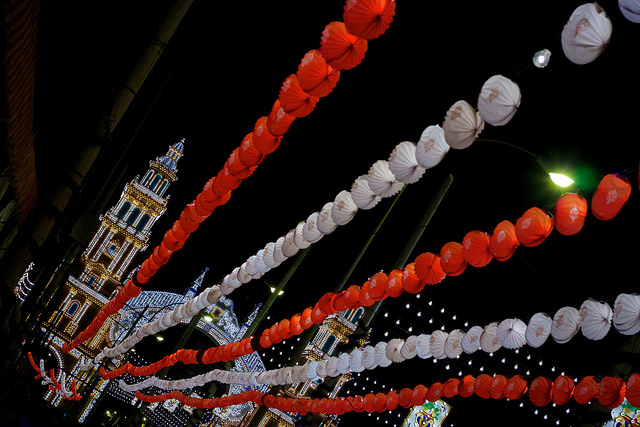
Feria De Abril Traditions
Once inside, the “costumes,” so to speak, only add to the whimsicality of the event. The women wear their best trajes de Flamenca, Flamenco-style dresses, and the men in the traditional traje corto or short jacket, though more common today is a standard suit. I could imagine that wearing the correct outfit is mandatory for all the Sevillanos or Sevillians. As this was our first time at the fair, we didn’t have our own Flamenco dresses.
Plus, none of us could actually dance the traditional Sevillana or Sevillian Flamenco dance, so it didn’t seem absolutely necessary. Given the chance to decide again, however, I would absolutely try to find the dress to wear, whether I bought it online or second hand, as it definitely makes you feel more included in the festivities.
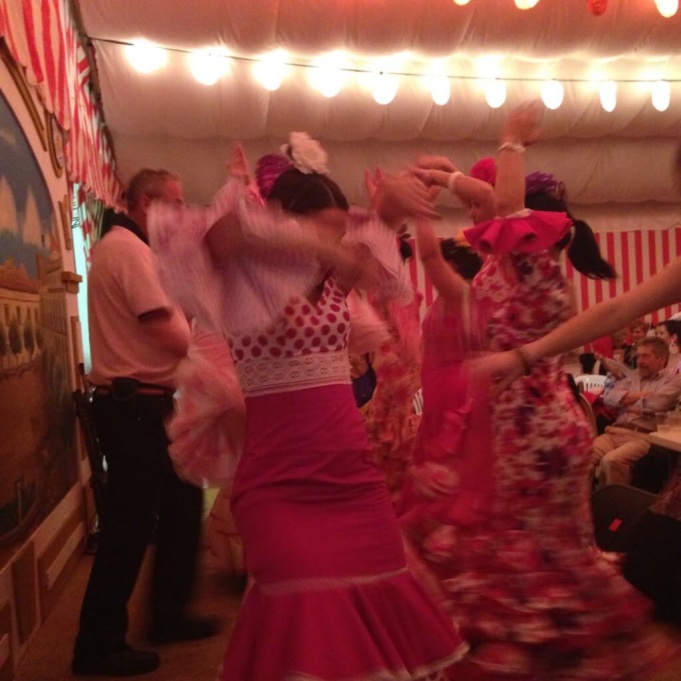
Inside The Fairgrounds
The fairgrounds are set up in rows of casetas or small tents. Most of the tents are private and you can only enter with permission. There are some public tents, however, which is where we went. Inside each tent is music, dancing, drinking typical cocktails such as the rebujito, a mix of Sherry and a soft drink, and eating tapas.
Officially, the festivities begin at midnight on Monday night, two weeks after the Semana Santa or Easter Holy Week, and end the following Sunday. Many of the activities already start on the Saturday before the official opening, however.
The people in the public tents were quite friendly; we were able to have a few conversations with the locals that ended up teaching us some of the traditional Sevillana. We were not very good, to say the least, but it was a great cultural experience to learn something new and meet a few locals. Around 4 or 5 in the morning, people began going to the larger tents, which also had more popular music from today. Wanting to “do as the locals do” we stayed out until dawn dancing, having some typical drinks and enjoying the food!
The Sevillana dance:
Planning For Your Trip to Feria
Keep in mind, as the Seville Fair is a very popular destination, we had a lot of trouble finding a place to stay since we decided to go only a month before the fair. Fortunately, I had a friend that lived in Seville that let us stay at her house.
If you plan to visit, I would recommend booking your accommodation far in advance. Also, make sure that you are close enough to walk to the fairgrounds, as they are not located in the center of the city. Instead, the fairgrounds are located in Los Remedios, to the southwest of the city, next to the Guadalquivir River. Overall, it was a great experience and a glimpse into a true tradition of Southern Spain, I would absolutely go back in a heartbeat!
[Andalucia.com], [Wikipedia]
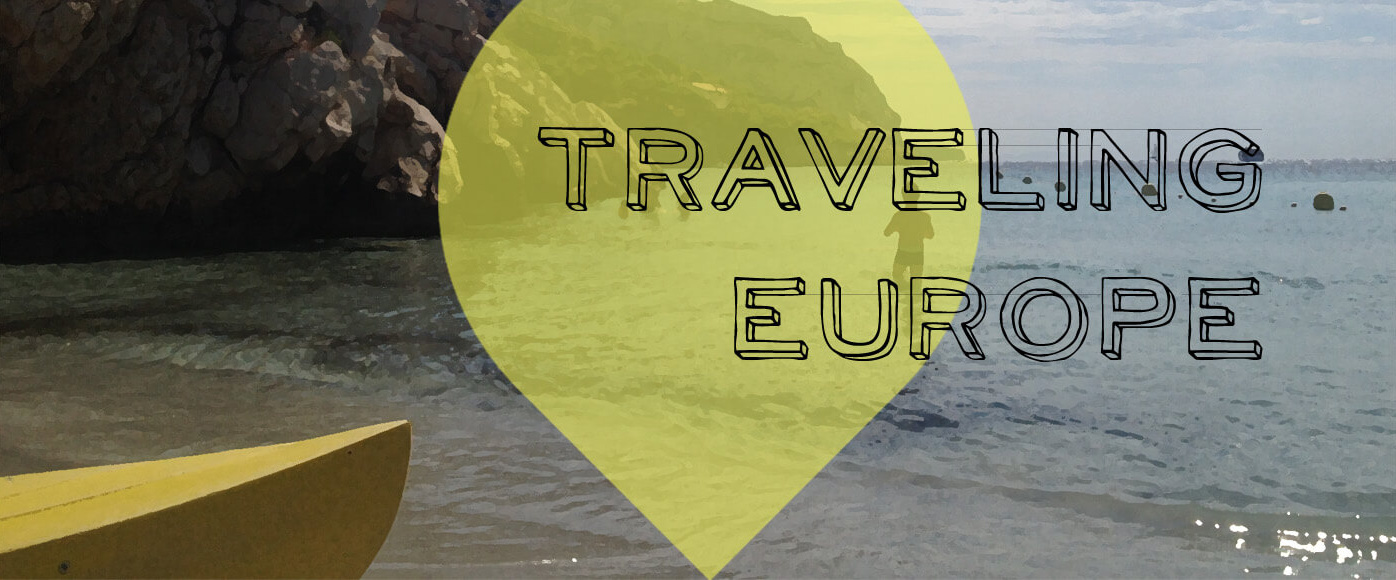

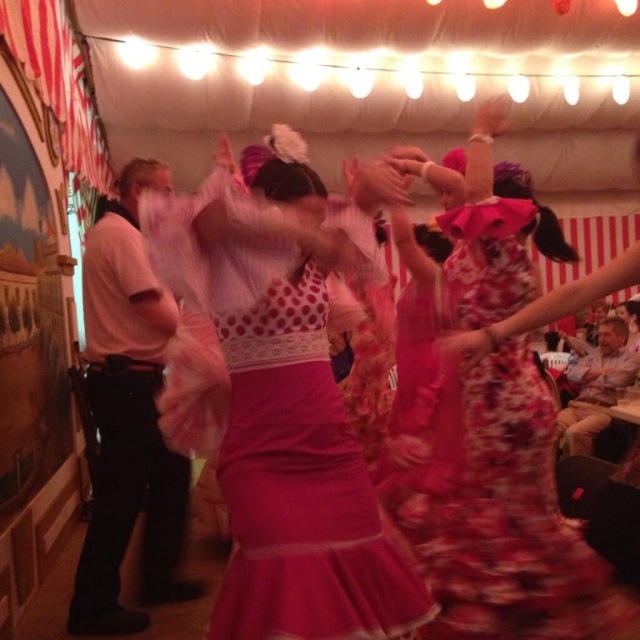


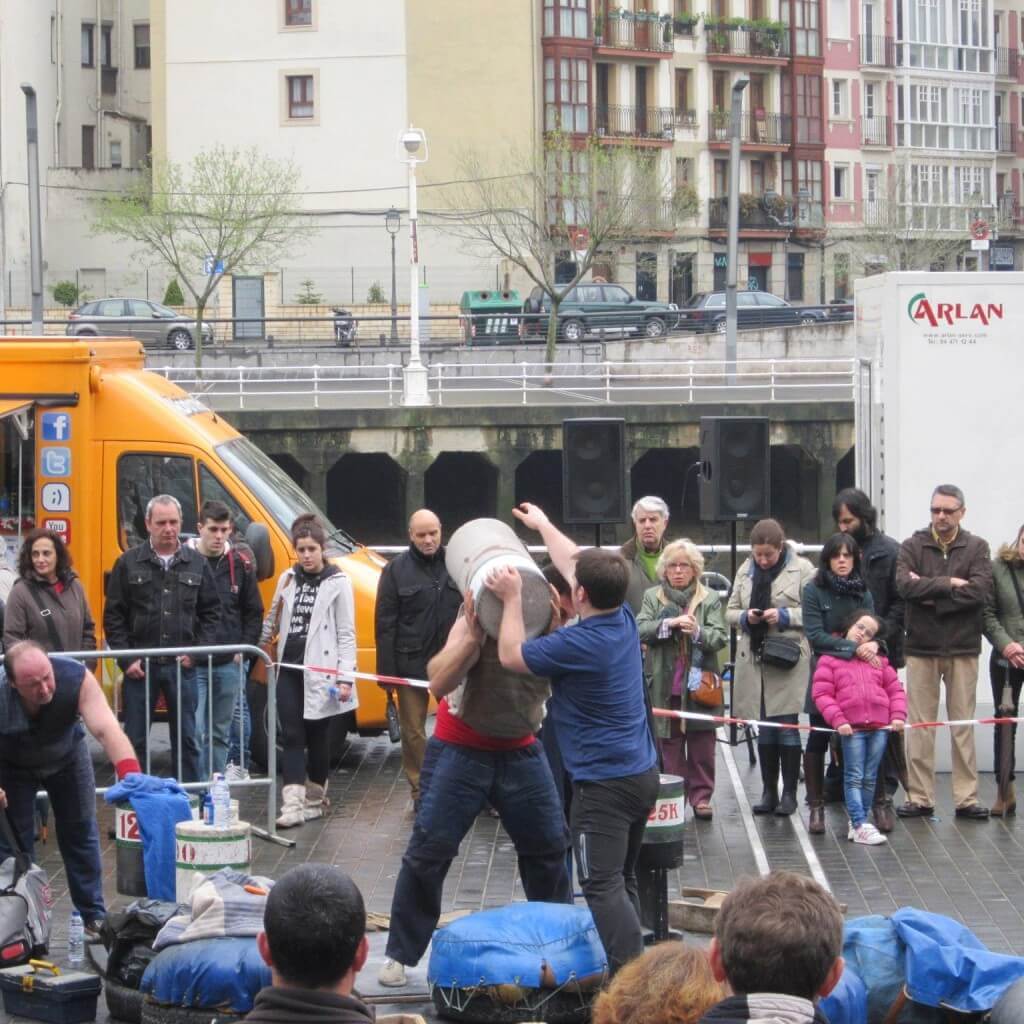
![Pintxo of Spanish Tortilla - By flydime (Pinchos / Spain, Barcelona) [CC BY-SA 2.0] via Wikimedia Commons.](https://travelingeurope.biz//wp-content/uploads/2015/11/Pintxo-Basque-Fest.jpg)
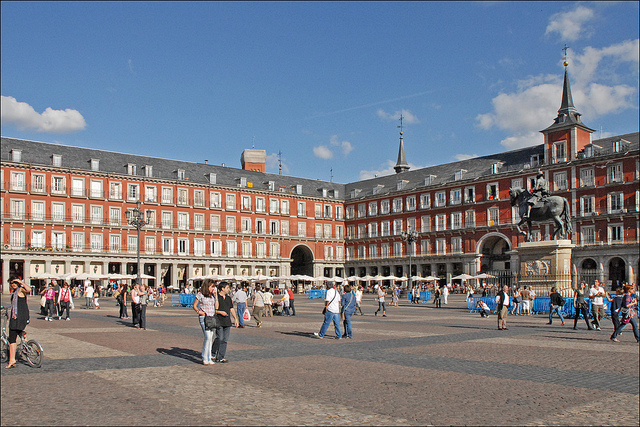
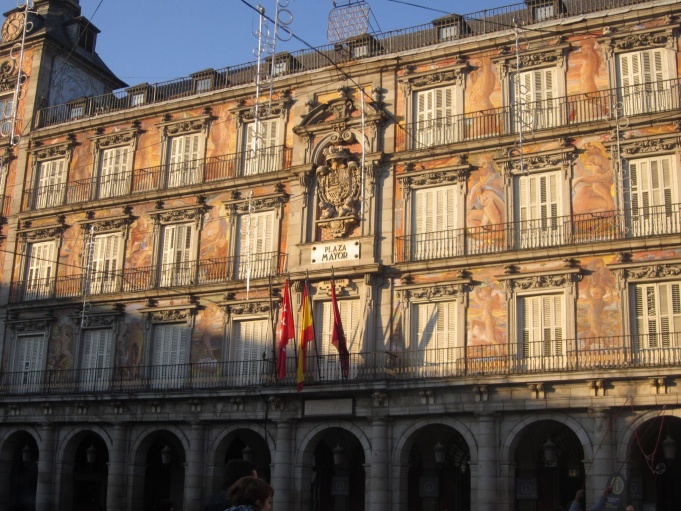 What Can You See at the Plaza Mayor Today?
What Can You See at the Plaza Mayor Today?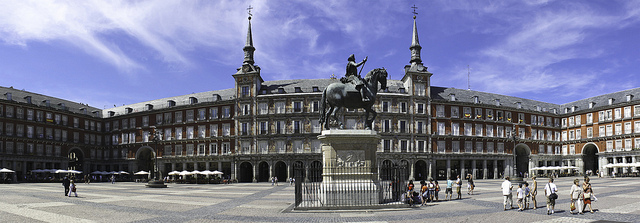
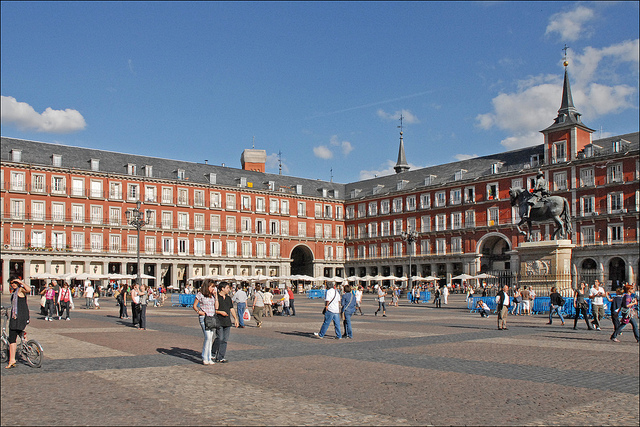
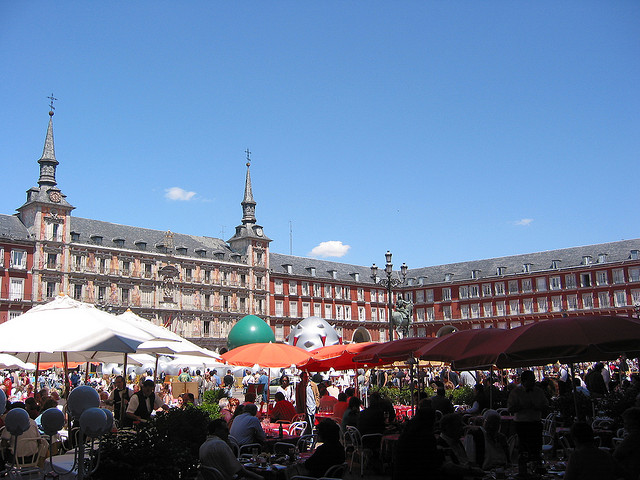
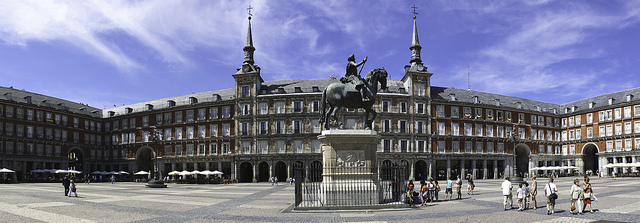
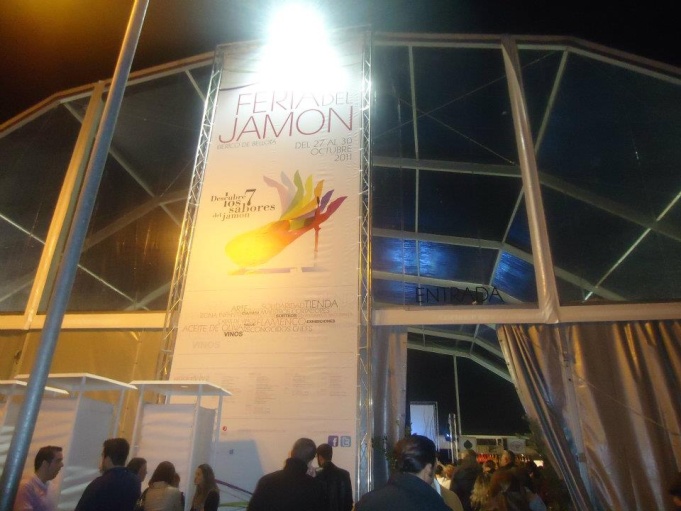
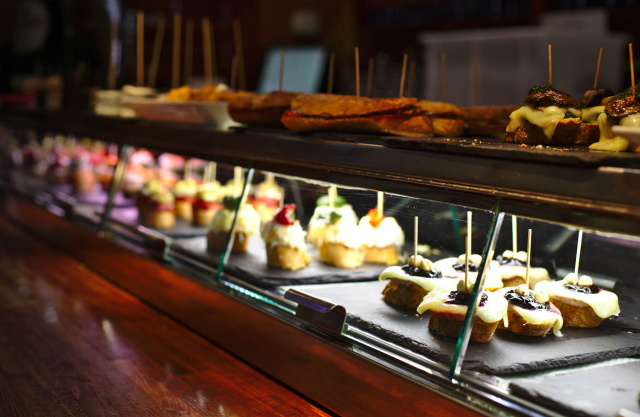
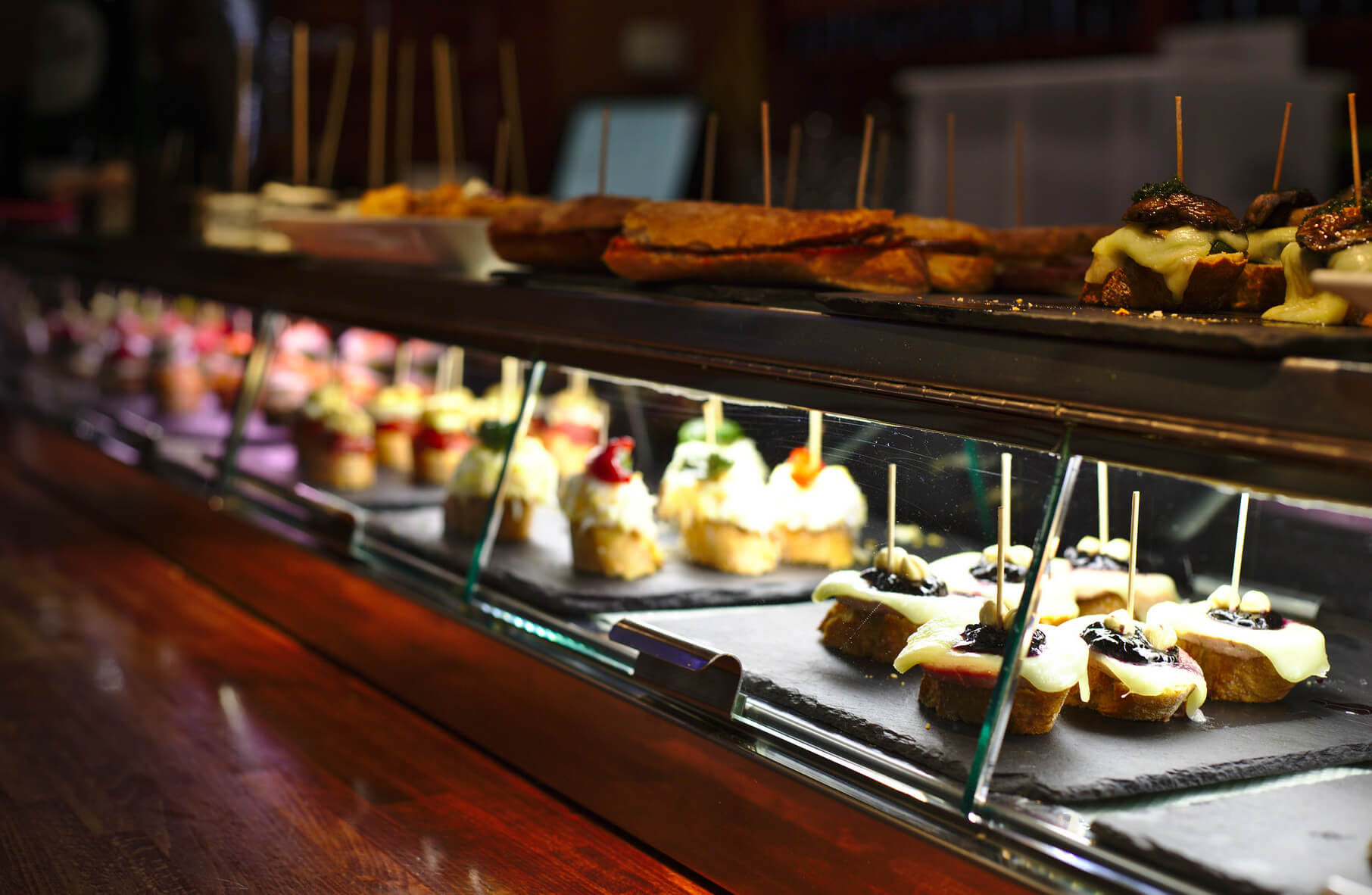
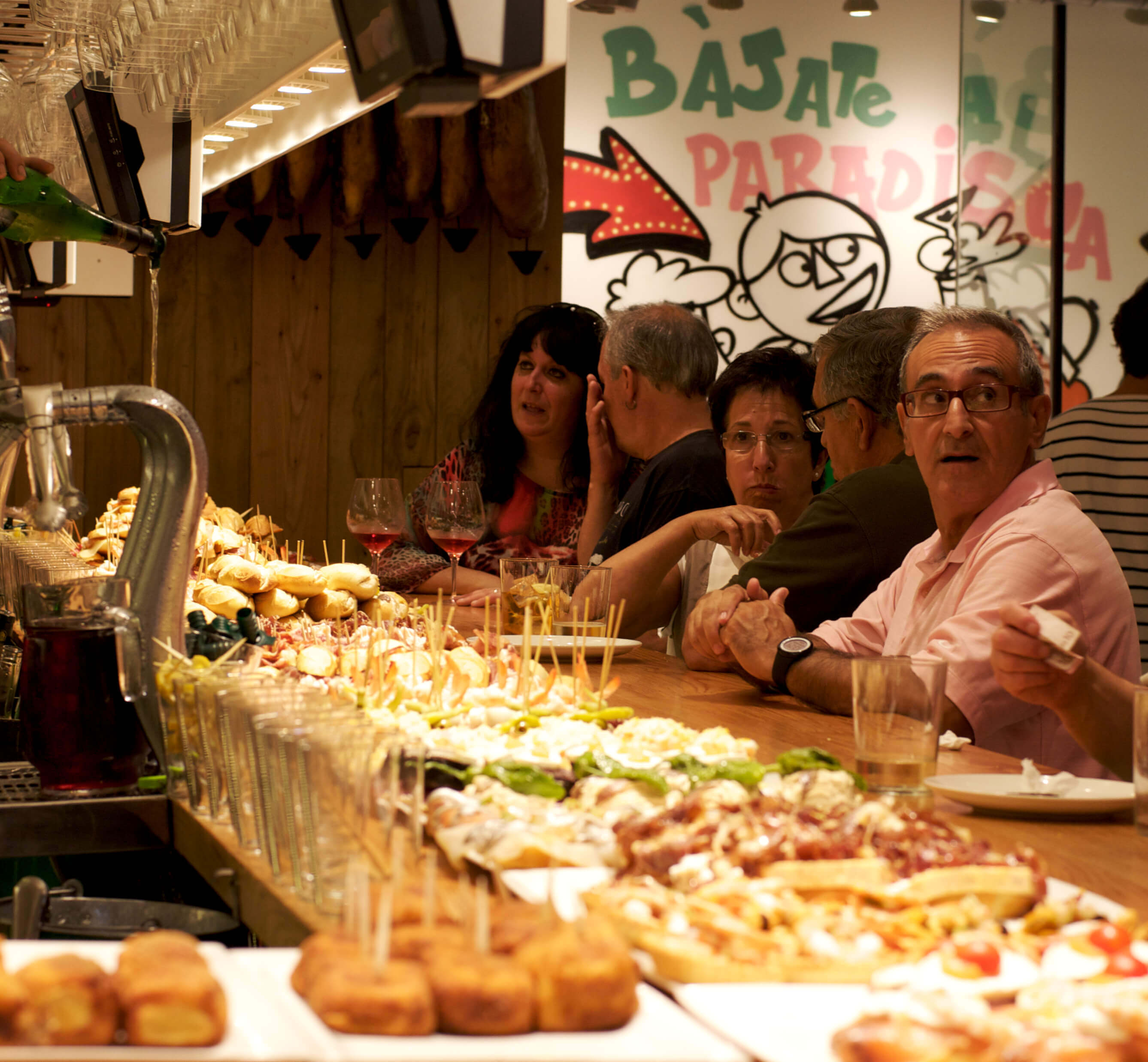
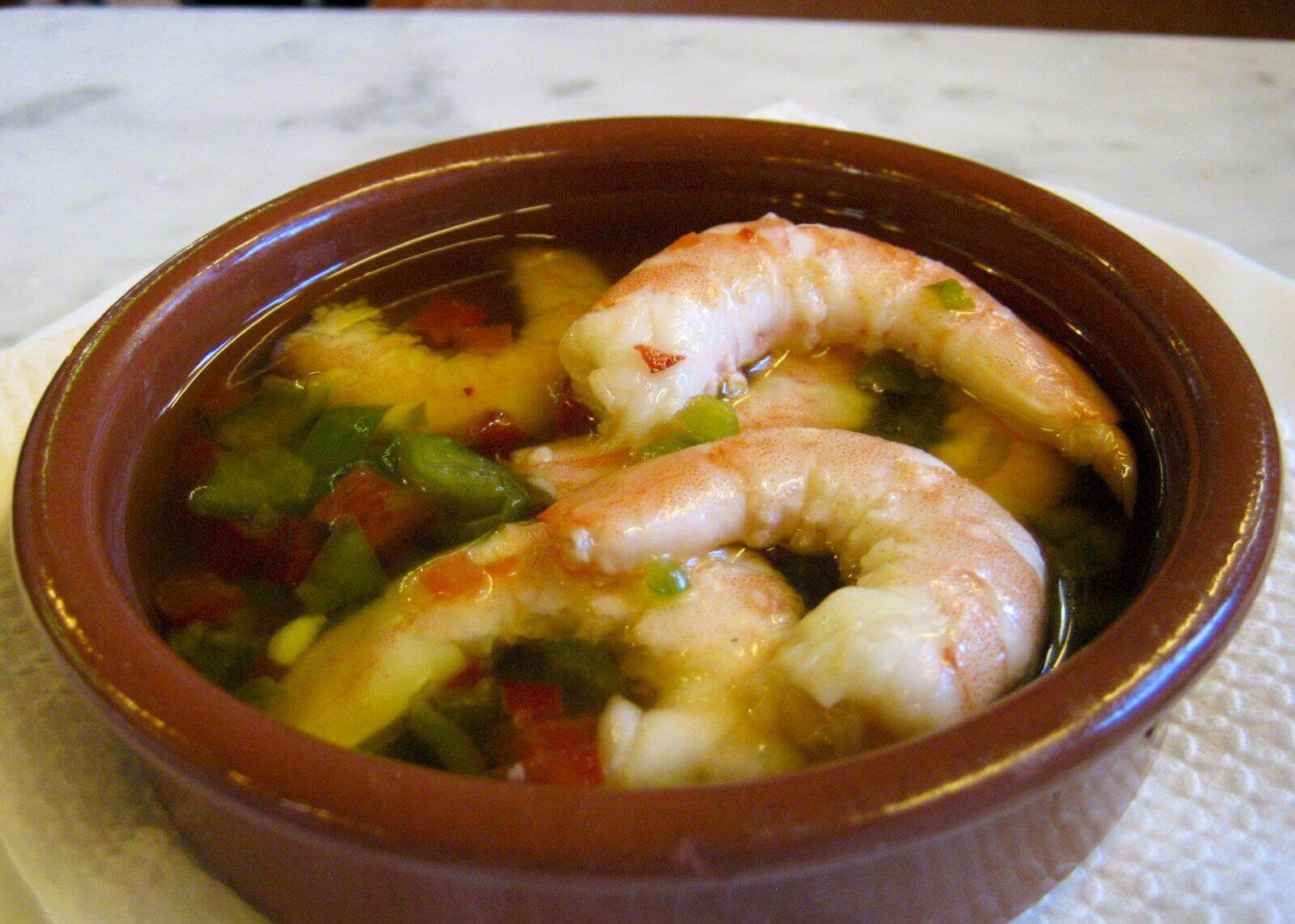
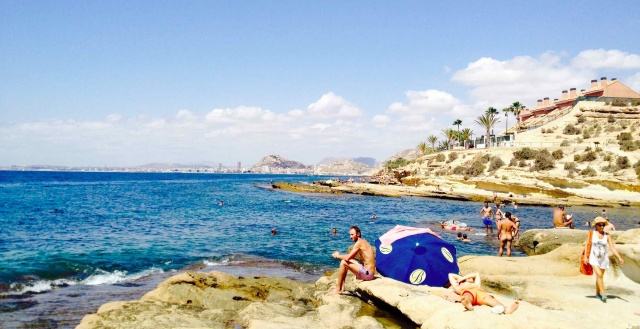

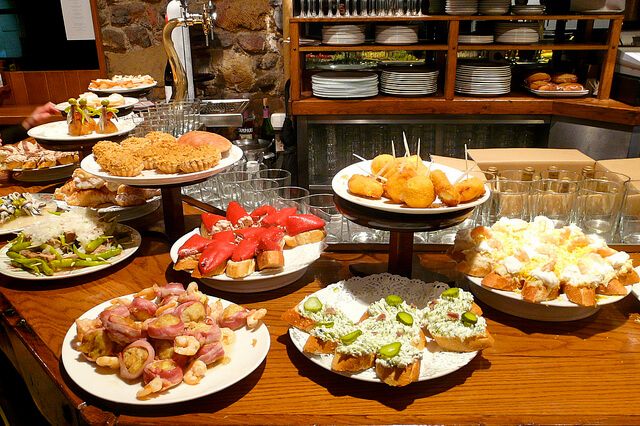
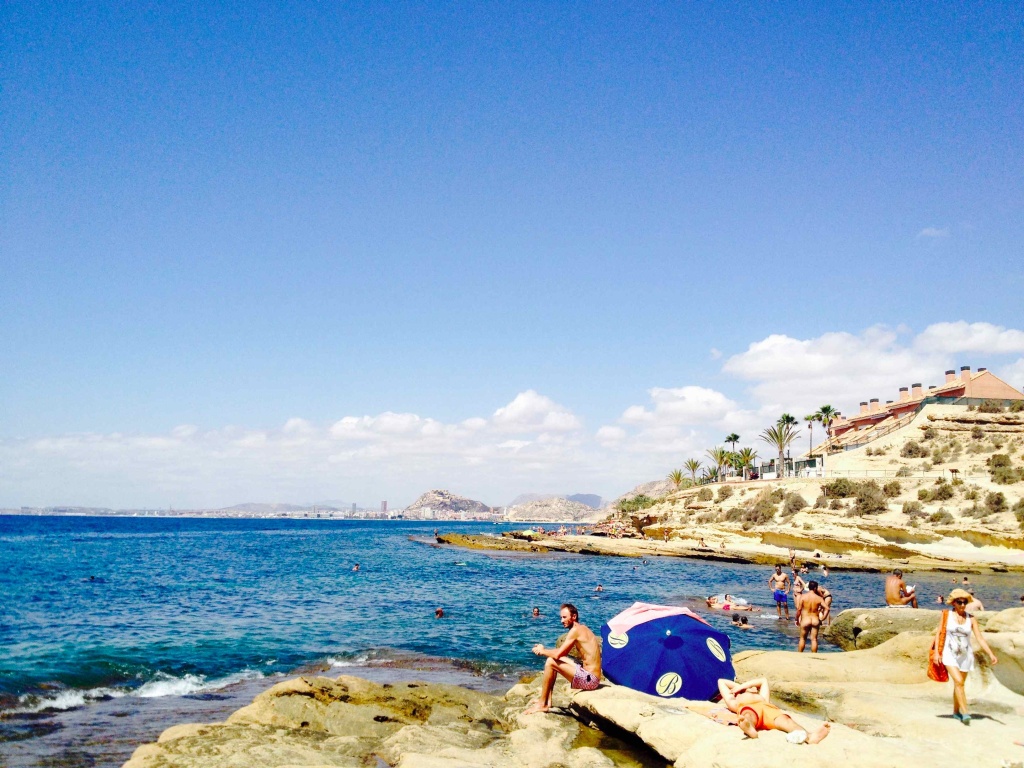
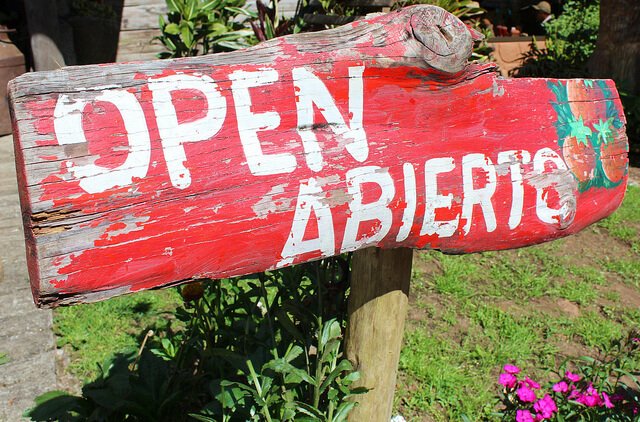

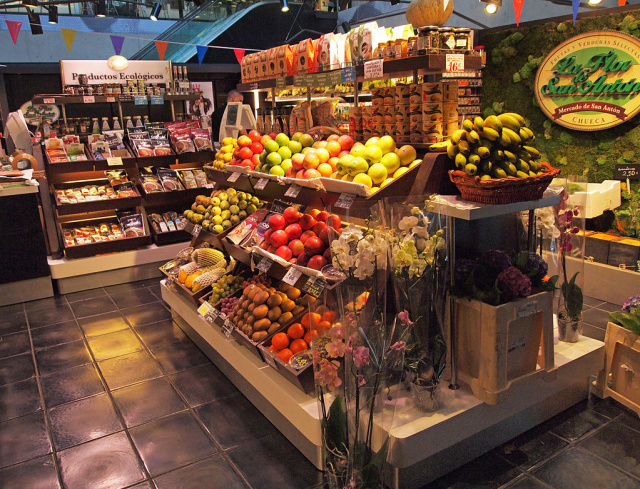
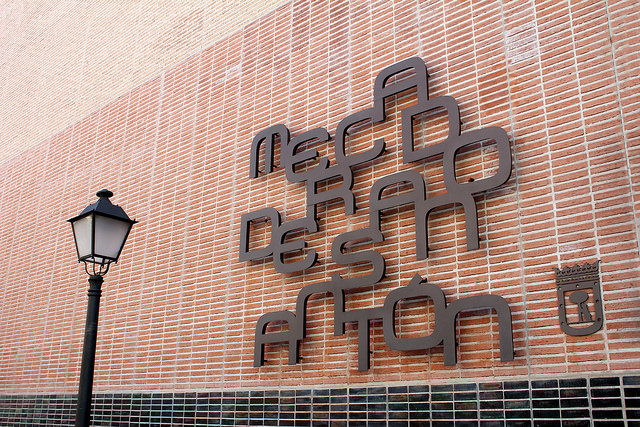
![Fruit section. By Tiia Monto (Own work) [CC BY-SA 3.0 (http://creativecommons.org/licenses/by-sa/3.0)], via Wikimedia Commons.](https://travelingeurope.biz//wp-content/uploads/2015/12/Fruit-section-Mercado-de-San-Anton-681x520.jpg)
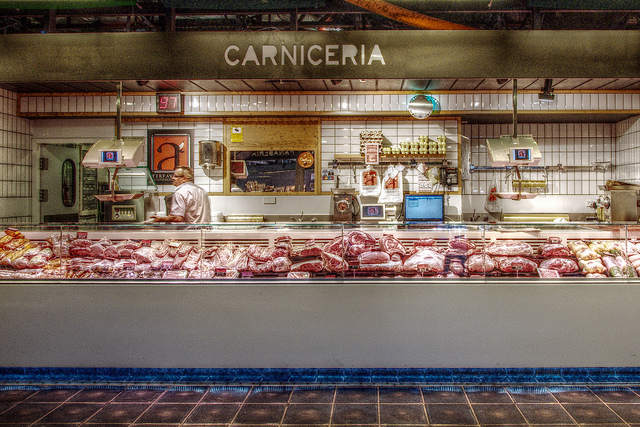
![Interior view of the Mercado de San Anton.By Benjamín Núñez González (Own work) [CC BY-SA 4.0 (http://creativecommons.org/licenses/by-sa/4.0)], via Wikimedia Commons.](https://travelingeurope.biz//wp-content/uploads/2015/12/Interior-view-of-the-Mercado-de-San-Anton-681x511.jpg)
